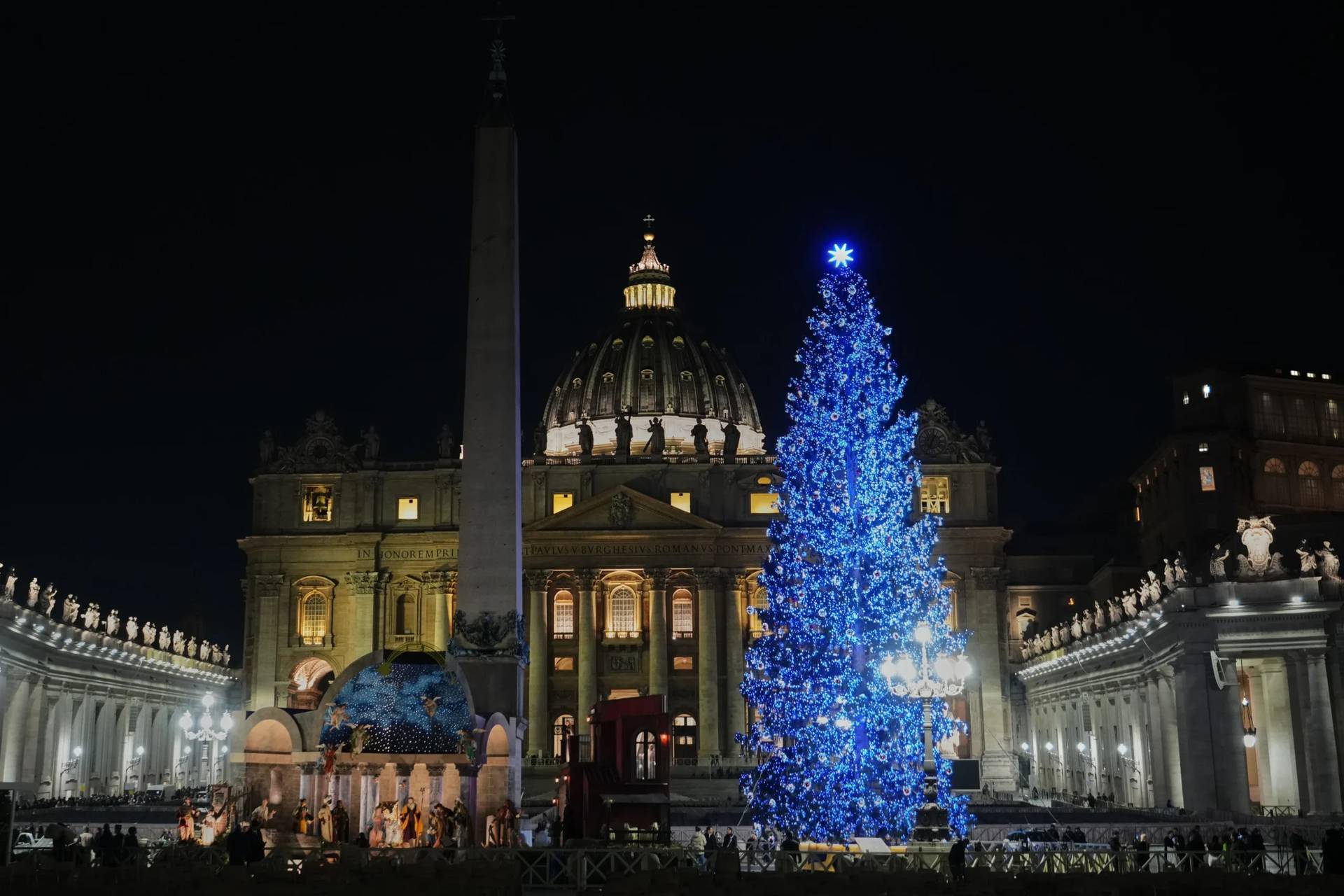ROME – A new publication by the Vatican’s Pontifical Academy for Life has drawn criticism over contributions from some theologians arguing for a distinction between moral norms, such as the church’s condemnation of artificial birth control, and the pastoral application of those norms in concrete circumstances.
Basically, the suggestion seemed to be that in some limited circumstances, couples might be justified in choosing contraception. A similar case was made on artificial reproduction.
That such casuistry would generate blowback among some conservative Catholics, who worry it portends the unraveling of the norms themselves, is as predictable as the rising and setting of the sun, and probably not terribly revealing.
However, the episode does offer some interesting food for thought on three other fronts, having to do with the unique profile of the Academy for Life, the broader role of pontifical academies, and – to borrow a baseball metaphor – when not to swing at low pitches.
The new volume is titled Theological Ethics of Life. Scripture, Tradition, Practical Challenges, and collects papers delivered during a conference sponsored by the Academy for Life last year. Criticism has come from the Italian web-based news agency Nuova Bussola Quotidiana, whose English version is titled “Daily Compass,” and has been picked up by “LifeSite News.”
Both have a reputation as strongly conservative, and regularly carry critical content about the Francis papacy. Here’s how Nuova Bussola Quotidiana characterized the new document on July 11: “It’s the negation of Humanae Vitae and the magisterium of John Paul II, not to mention the end of Catholic moral theology with the impossibility of establishing moral absolutes.”
Yesterday Nuova Bussola Quotidiana was at it again on the issue of in vitro fertilization, accusing the academy of either “not wanting to see” the clear teaching of the magisterium against the practice or “pretending not to see.”
There’s also been some grumbling on social media along similar lines, with a handful of negative tweets making the rounds. One tweet on Tuesday, for example, asserted that this “is not the same academy founded by St John Paul II, but a dissembler with the same name.”
Before proceeding, an important caveat: The publications of a pontifical academy do not carry magisterial authority. Although journalists and social media denizens may insist on reporting them as if “the Vatican” has just declared x, in reality an academy is basically a think tank designed to stimulate reflection, not to settle questions definitively.
There has been speculation that the academy’s publication might be a harbinger of a future papal encyclical. Perhaps, but for now it’s no more than a stimulus to discussion – and, it’s worth noting, the trash heaps of history are littered with encyclicals once rumored that never came.
Despite all that, the reaction illustrates the lightning rod role that’s been played by the Pontifical Academy for Life since its inception under Pope John Paul II in 1994.
There are 11 pontifical academies, but the Academy for Life has always been the most high-profile because it deals with the most sensitive issues in Catholic moral teaching, including birth control, abortion, euthanasia, IVF, and the family. During the 1990s and 2000s, the academy was seen as the primary beachhead in Rome for the church’s most aggressive pro-life activists, which made it controversial on the Catholic left.
I vividly recall the tenure of the late Italian Cardinal Elio Sgreccia as president of the academy from 2005 to 2008, and then as president emeritus afterwards. Sgreccia was a go-to figure among Vatican journalists needing a juicy conservative soundbite on issues such as communion bans for pro-choice politicians, which he was always willing to supply.
That profile changed dramatically with Pope Francis and the nomination of Italian Archbishop Vincenzo Paglia as president, accompanied by new members and a new set of statutes. Today the academy is seen as a proponent of a more liberal, pastorally oriented approach, in keeping with Pope Francis’s vision, which means its critics now come mostly from the right.
The take-away is probably that personnel of the Academy for Life should factor in criticism as the inevitable price of doing business, and not project hurt or surprise when it comes.
Second, the situation also raises the question of the role of a pontifical academy. Presumably, the Vatican creates academies to foster dialogue with scholars – scientists, historians, archaeologists, theologians, and so on – and not simply to repeat positions in the Catechism.
There’s an analogy with Vatican diplomacy. If Vatican diplomats insisted on speaking only to leaders who agree with the Catholic Church on every particular, their ability to influence global affairs would be eviscerated. In similar fashion, if a pontifical academy included only strictly orthodox thinkers, its capacity to leverage broader scholarly conversations also would be limited.
To be honest, this point isn’t terribly controversial with most other papal academies. If the Pontifical Academy for Latin were to sponsor a seminar on the declension of some obscure noun and included clashing views, few would take note. When it’s the life issues we’re talking about, the stakes are much higher – but that doesn’t mean the principle is different.
Finally, the latest controversy at the Academy for Life also raises a question about when it’s a good idea for a Vatican agency to engage blowback, and when to let it go.
Granted, it’s a delicate balancing act. You don’t want to seem deaf to legitimate criticism, nor do you want your silence to signify consent. On the other hand, you also don’t want to hand a megaphone to people with axes to grind by appearing to take them too seriously.
Over the last few days, the Twitter account of the Pontifical Academy for Life has been active in responding to complaints about its new document. In one instance, it warned that “what is dissent today can change,” and, in another, it admonished someone that he or she “should give credit to the dicasteries of the curia and not to those who, for biased reasons, say no.”
One understands the impulse to shoot back when you’re under fire. Still, it’s worth asking whether every negative comment on social media demands a response – or, whether such responses simply invite additional negative commentary, and also, in some sense, compromise the gravitas of a Vatican entity, especially one that deals with such critically important matters.
Restraint is a demanding virtue, never more so than in an era of instant response. Sometimes, however, it may be the best of a series of bad choices.
















